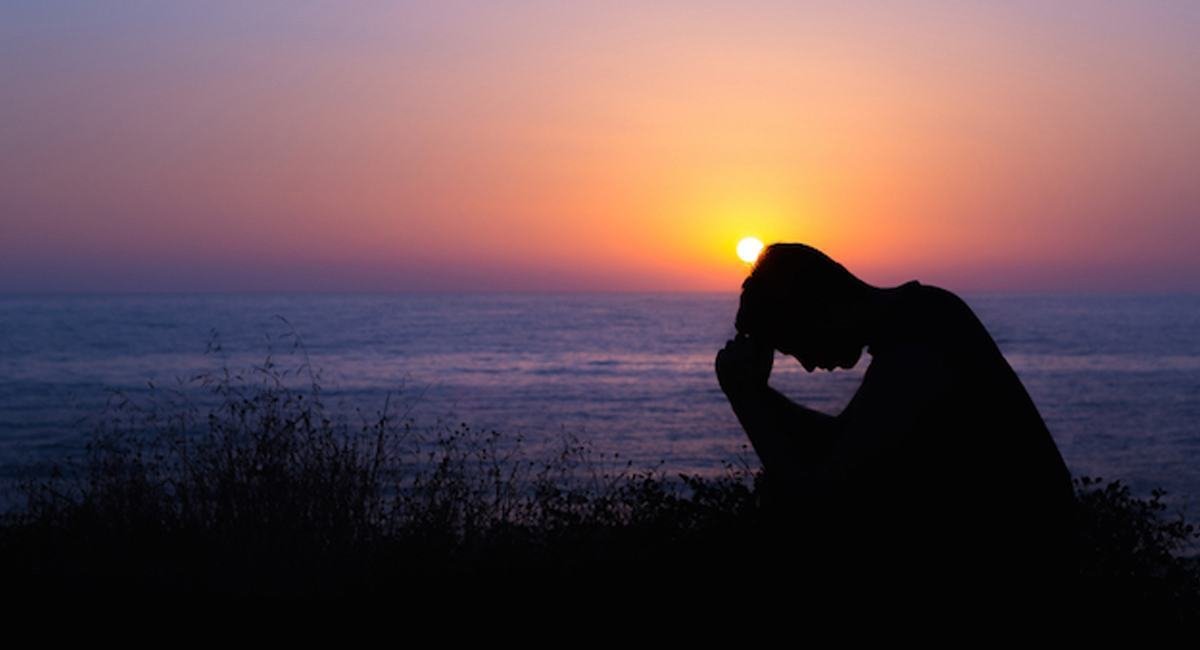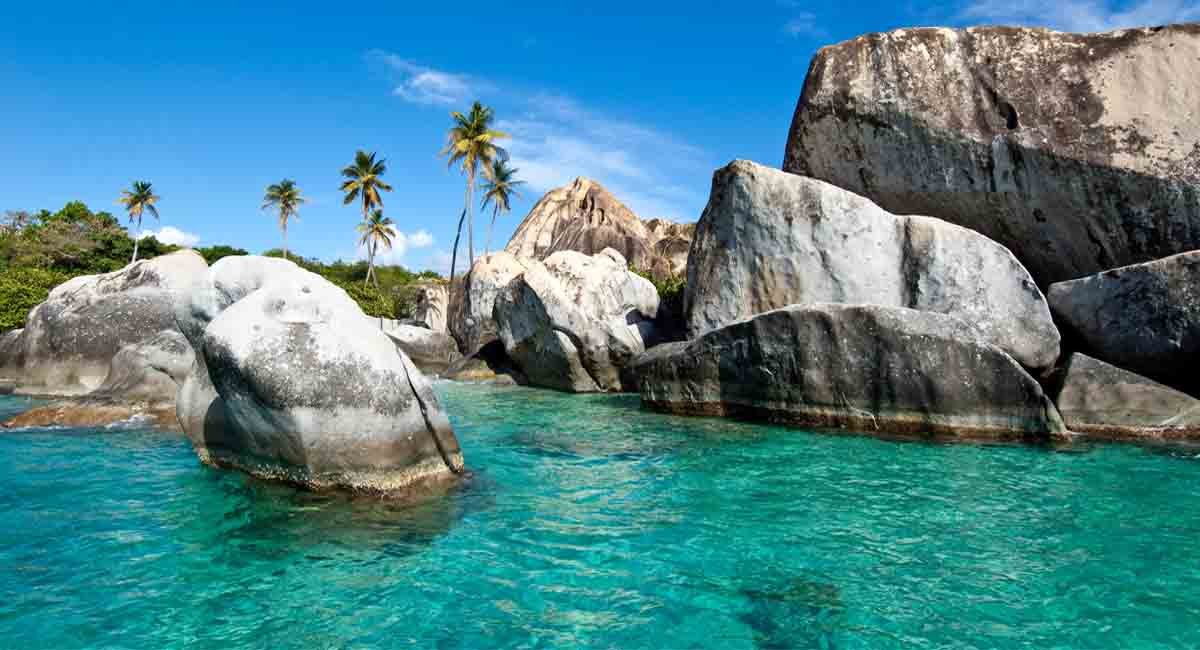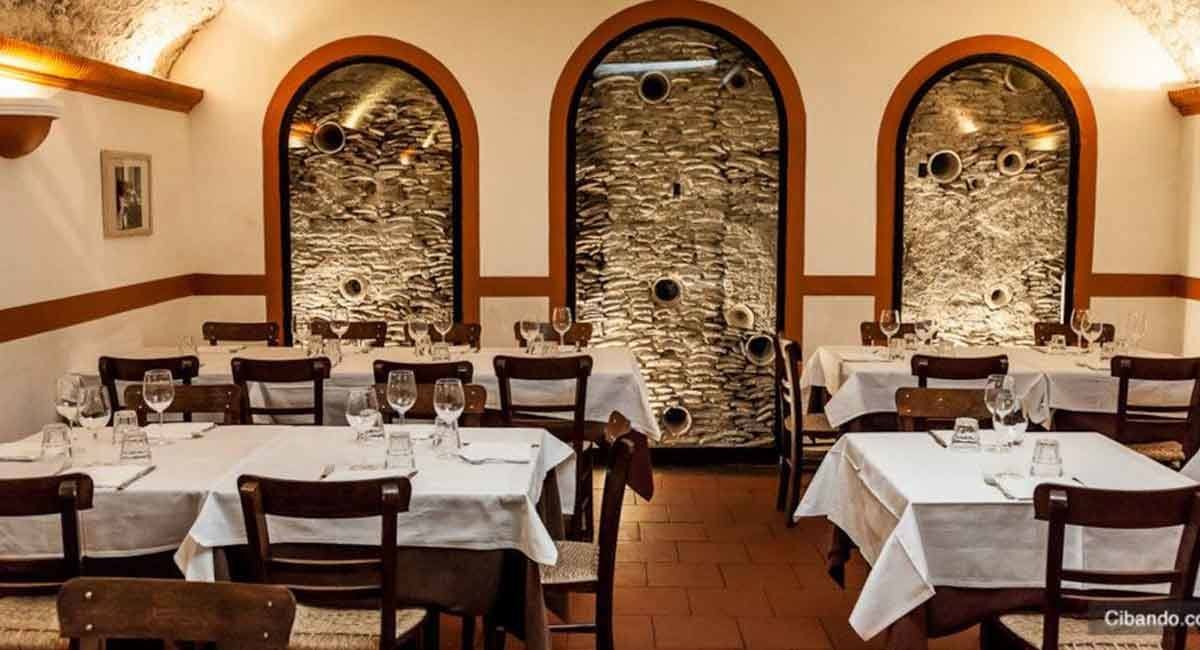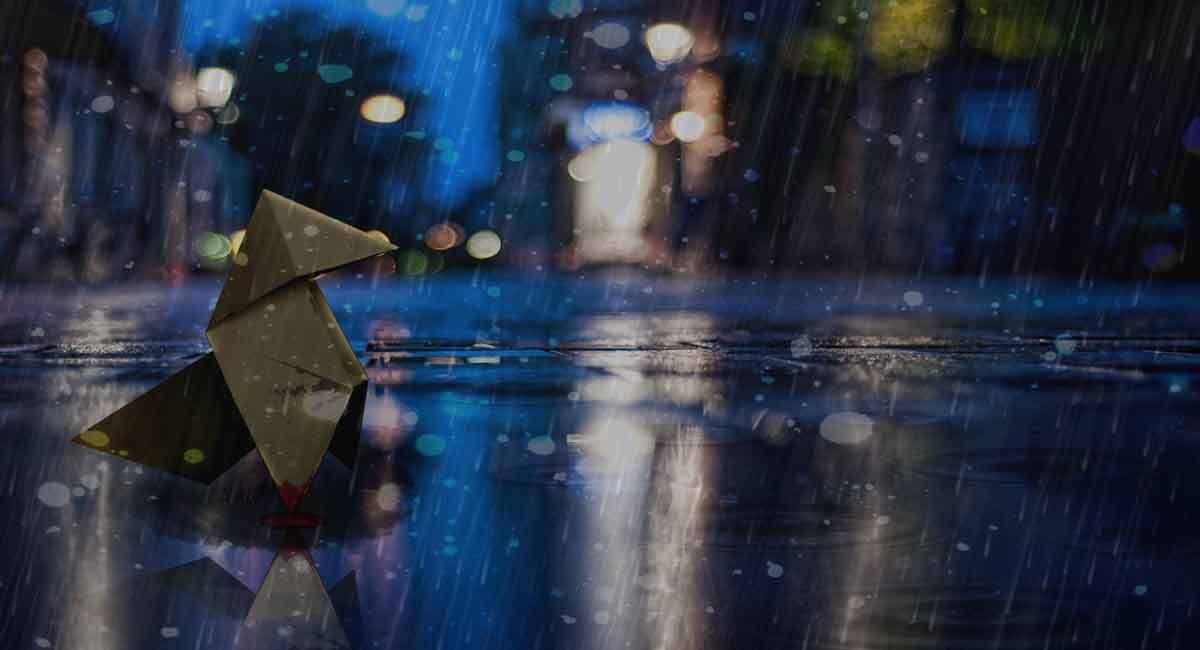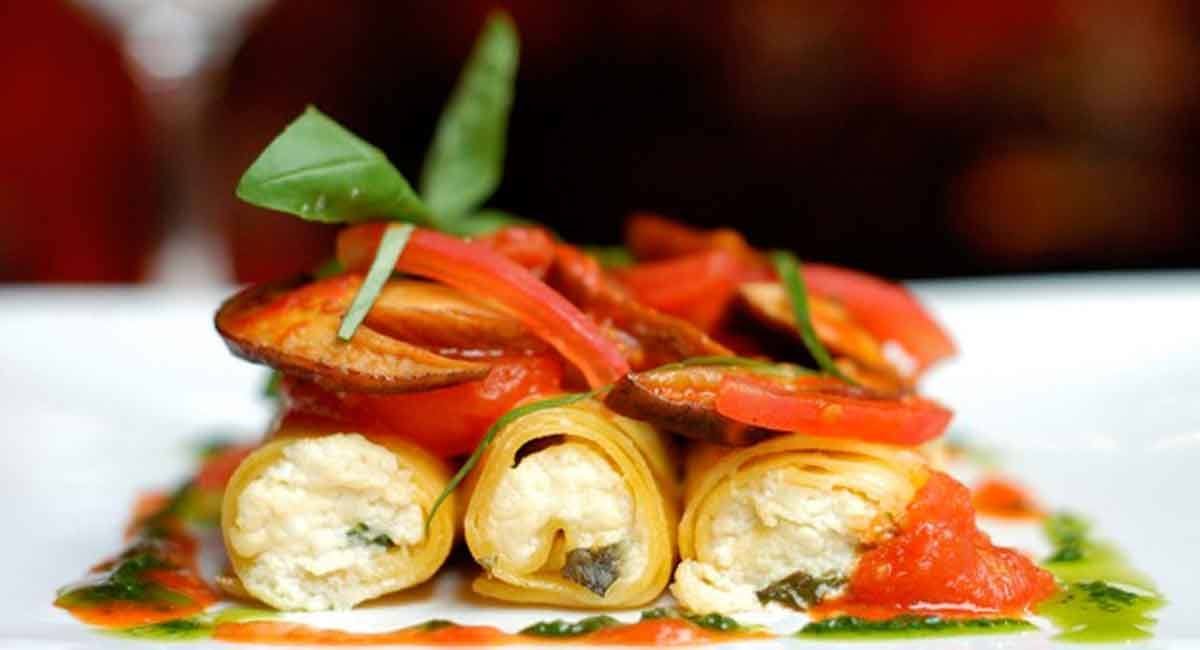It Wasn’t Supposed to Rain 16/12/2014
It isn't supposed to rain in Ko Samui this time of year.
I did a little research about Ko Samui before I decided to spend the end of the year here. December is supposed to be warm – make that hot – and mostly sunny. Typical afternoon rain storms, but not bad beach weather. I looked forward to lazy days in the sun, reading cheap novels and swimming in azure waters.
However, Typhoon Hagupit apparently didn’t read the same sources as I did. It parked itself over the Phillipines about a week before I arrived in Ko Samui, causing untold destruction and taking the lives of at least 27 people. After the typhoon had had its way with the Philippines, it moved off to the west, slowly losing power as it did so.
Guess what is directly in the westward path of what is now Tropical Depression Hagupit? Yep, Ko Samui and me.
Now this isn’t some wimpy remnants of a storm. The wind was strong enough to knock over a half-full beer mug and break the glass. I watched a young man who worked at the hotel take a surfboard out and come back in less
Wat Bo PhutWat Bo Phut
Wat Bo Phut
than five minutes with half a surfboard, never having gotten past the first line of breakers. This was surf that tossed around whole tree trunks, broke mooring balls from their anchorage and never apologized. I am NOT going swimming in that. At least not yet.
I know a retired Anglican priest who tells me (with a certain amount of un-priestly glee) “Man plans, God laughs.” However, I am nothing if not adaptable, and I learned long ago that I won’t melt in the rain, so I headed to the north side of the island to poke around.
I went to the main road to flag down a songthaew, which is a pick-up truck with two bench seats fixed along either side of the bed. It is cheap transport and fairly reliable. As I was waiting in the drizzle for one to come along, a guy on a motorbike pulled up and offered to take where I wanted to go. Now riding on the back of a motorbike with a stranger on twisting roads and no helmet is challenge enough, but to do it in the rain for double the cost of a songthaew – well, that was easy
Bo Phut stupaBo Phut stupa
Bo Phut stupa
to turn down.
The other cool thing about songthaews – other than the price – is the passengers. In the songthaew I flagged down there was a Thai lady with a basket of four Samoyed puppies. Samoyed puppies look like they belong in a toy store, they are so cute and fluffy. In addition to the puppies there was a Hungarian lady who wanted to practice her English, and six young men who could have passed for Muay Thai fighters.
I was headed to Bo Phut on the northern coast. This is home to the Buddhist temple Wat Bo Phuttharem, Fisherman’s Village, and, a bit to the east, Wat Phra Yai, also known as the Big Buddha Temple.
At the Hungarian lady’s urging, I got off at the Bo Phut wet market. There was lots of lovely fruit and one stall selling Good Wife cakes. This is a flaky pastry filled with wintermelon or lotus paste, and since this is one of my favorite pastries, I bought one. (I’d show you a picture, but I ate it. It was good.) From there it was a short walk to Wat Bo Phuttharem.
I like visiting Buddhist temples;
detail of temple buildingdetail of temple building
detail of temple building
they are generally very calm and accepting places. Wat Bo Phuttharem confused me, though, and I haven’t been able to find out much about it. The temple grounds are very spacious, and it looks like new buildings are going up. It is obviously not set up for tourists, no signs in any language other than Thai, and, while there were pavilions with Buddha images, none of the temple buildings were open like they are in the northern part of the country.
I put a donation in the box for my birth year, and was startled when a pre-recorded chant came out. I’m guessing that the weight of the coins set off the recording. Donation boxes are pretty common in temples, but I have never had one chant for me before
There were elaborate tombstones lining the walls of the compound, something else I have never seen in a Buddhist temple. I’ve been told that most Thais are cremated and their ashes commingled in concrete stupas around the temple. I’ve seen name plaques in temples, so if a person has no offspring to pray for them they will have the prayers of the monks. I had never seen memorials
revered monksrevered monks
revered monks
such as these, each dedicated to a particular individual.
Maybe it was my state of mind – well, probably it was my state of mind – but I failed to find my peace here. I walked up the road to Fisherman’s Village, which is definitely a tourist area. Amidst the bars, T-shirt shops, and lots of mass-produced tat featuring elephants and Buddhas you may be able to find a whisper of the old fishing town, but I didn’t see it.
About five kilometers further down the road is Wat Phra Yai, more commonly known as the Big Buddha Temple. Big Buddha deserves an entry all its own, so that will be up next.
In the meantime, here is the legend of the Good Wife Cake:
Once upon a time, there was a very poor couple living in imperial China. They loved each other and lived in a small village. Suddenly, a mysterious disease spread through their village, and the husband's father became very sick.
The couple spent all of their money in order to treat the man's father, but he was still sick. The wife sold herself as a slave in exchange for money
temple buildingtemple building
temple building
to buy medicine for her father-in-law. Once the husband learned about what his wife did, he made a cake filled with sweetened wintermelon and almond. He dedicated this pastry to his wife, whom he could never forget, and sold it in the street. His cake became so popular that he was able to earn enough money to buy his wife back.
